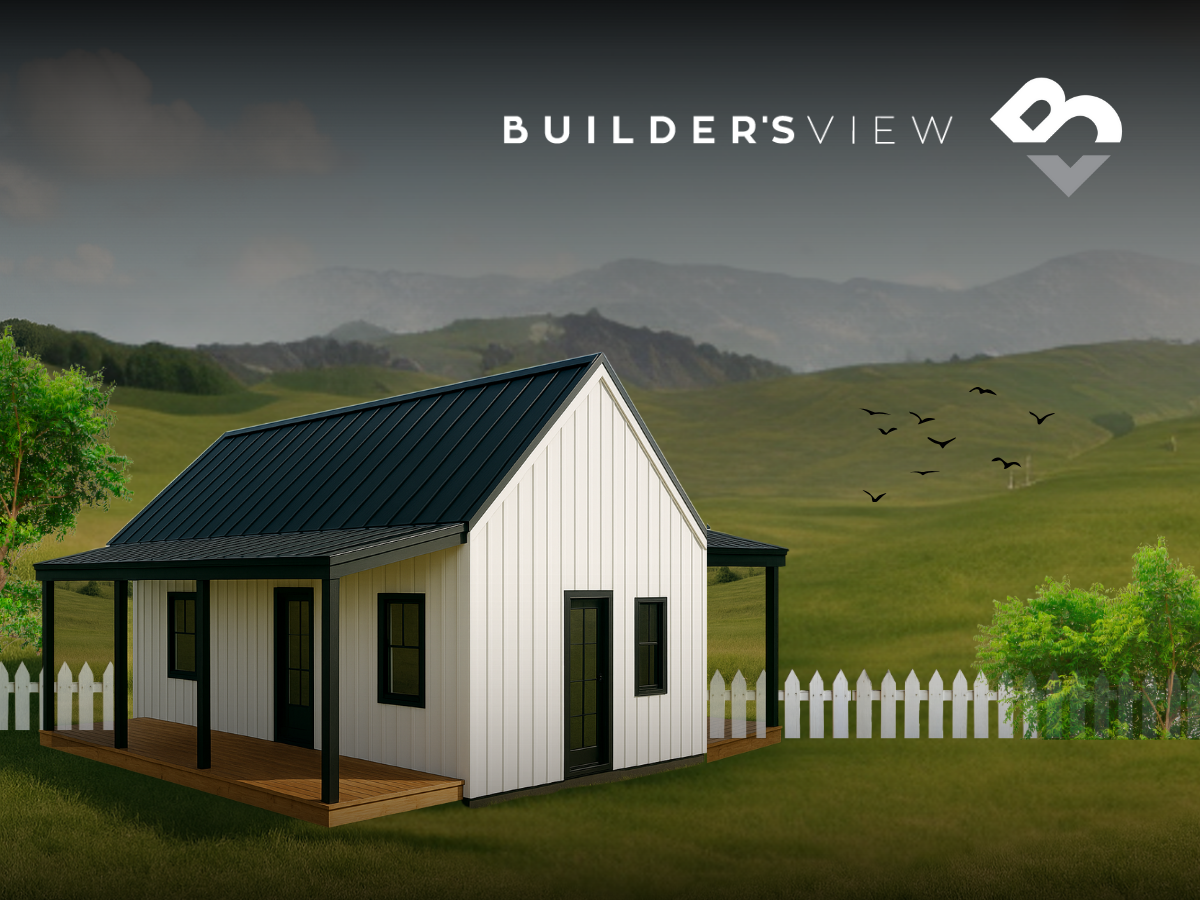A New Era of Building Is Taking Shape
If you’ve ever built or remodeled a home, you know how unpredictable it can be — delays, rising costs, weather setbacks, and a constant shortage of skilled labor.
Now imagine building that same home at 7,000 feet in Colorado’s Rocky Mountains — where snow arrives early, the building season lasts barely five months, and labor costs climb every quarter.
For decades, that’s simply been “how it’s done.” But times are changing. Across the country, a new construction model is taking hold — one that moves the build process indoors, reduces waste, and delivers homes with precision, efficiency, and lasting quality.
At Fort Homes, we’re not theorizing about this model — we’re executing it. Our Grand Junction, Colorado factory is active and scaling to deliver precision-built homes for communities across the Western Slope and beyond.
What’s Wrong With Traditional “Stick-Built” Homes
Traditional, or “stick-built,” construction means that every wall, stud, and connection is cut and assembled outdoors, piece by piece.
It’s labor-intensive, weather-dependent, and inherently inconsistent. Each home is a one-off project — meaning budgets, schedules, and quality all vary.
In today’s world, those inefficiencies are magnified by supply chain volatility, inflation, and a shrinking labor pool. The result: fewer homes, built more slowly, at higher cost.
The good news? A better model already exists.
The Factory-Built Advantage
Factory-built construction brings precision and predictability to an industry that’s lacked both for too long.
By shifting construction indoors, we eliminate weather delays, stabilize labor, and standardize quality. Every SIP panel, wall system, and module passes through controlled checkpoints, ensuring consistency and accuracy down to the millimeter.
The measurable results:
- 20–50% faster build times
- 20–30% lower total costs
- Up to 90% less material waste
- ~35% lower embodied carbon
Even though our Grand Junction facility is still scaling to full production, every process — from SIP fabrication to modular assembly — is built for growth. Our model allows us to serve multiple markets simultaneously while maintaining strict quality standards.
This isn’t a concept. It’s a system that’s operating today — and scaling for tomorrow.
Understanding SIPs: The Backbone of Modern Construction
One of the most important advancements in building science is the Structural Insulated Panel (SIP) — the foundation of our precision-built model.
A SIP wall works like a sandwich: two structural boards bonded to a high-performance foam core. This composite eliminates the thermal gaps found in traditional framing and creates an airtight, highly insulated shell.
- Stronger structure: up to 30% stronger than standard 2x6 framing.
- Higher energy efficiency: 20–40% better insulation performance.
- Faster assembly: a full home shell can be built in days, not weeks.
SIPs support Passive House-level performance — homes so energy-efficient they require minimal heating or cooling, saving families 20–30% on utility costs annually.
SIPs are not experimental — they’re proven. Around the world, builders use them to deliver stronger, quieter, more efficient homes that perform better and last longer.
What Modular Construction Really Means
Colorado’s mountain towns — from Vail to Telluride to Steamboat Springs — face some of the toughest construction conditions in the country.
Factory-built systems eliminate those barriers. While foundations and utilities are installed on-site, our factory simultaneously constructs the home indoors. When both are ready, the home is delivered, set, and finished — all before the next snow falls.
That overlap saves months, reduces risk, and turns short building windows into year-round production opportunities.
Because our Grand Junction facility sits within hours of every major Western Colorado market, we can deliver locally made homes quickly, efficiently, and cost-effectively.
That’s our edge: local manufacturing for local housing needs.
Better for Families, Communities, and Investors
Factory-built housing isn’t just about efficiency — it’s about impact.
- For families: homes are more affordable, energy-efficient, and built to last.
- For communities: attainable housing is delivered faster, supporting local workforces.
- For investors: projects become scalable, lower-risk, and aligned with long-term social impact.
This is how we solve for both economics and equity — building housing that pencils financially while strengthening the fabric of communities.
Why It’s the Future — and Why It’s Inevitable
Every major industry — from automobiles to technology — has been revolutionized by precision manufacturing. Homebuilding is next.
By integrating design, engineering, and production under one roof, we can deliver homes faster, cheaper, and with greater consistency than ever before.
Fort Homes is leading that transition in the Rockies. Our systems are operational, our pipeline is active, and our mission is clear: to build one million homes in our lifetime — starting with the attainable workforce housing Colorado needs most.
Join Us on the Journey
If you’re an investor, developer, or professional who believes in innovation, sustainability, and scalable impact — we’d like to connect. Together, we can build faster, smarter, and better — for the families that make Colorado thrive.





